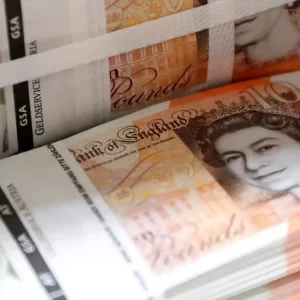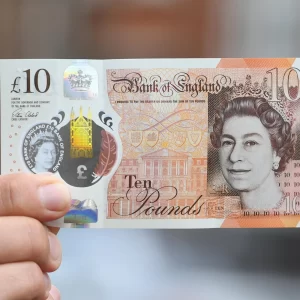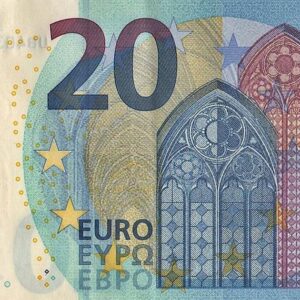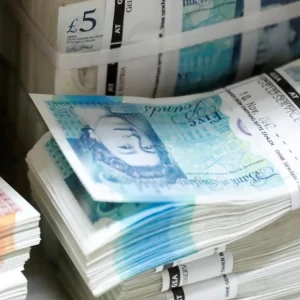50 x £10 note
A sterling banknote is the Bank of England £50 note. The current note, the first of this denomination to be printed in polymer, entered circulation on June 23, 2021. It features the image of Queen Elizabeth II on the obverse and computer scientist and codebreaker Alan Turing on the reverse, with his birth date reflecting the release date.Cotton £50 notes from the previous series remained in circulation alongside the new polymer notes until September 30, 2022, when the last “paper” banknote issue finally ceased to be legal tender.
You can get all the currency you need from https://www.counterfeitgenie.com. Contact us to get the best deals.

History:
In 1725, the Bank of England introduced £50 notes for the first time. The earliest notes were written by hand and were given to individuals as needed. The payee’s name, the date, and the signature of the issuing cashier were all written on one side of these notes. These notes could be exchanged for an equivalent amount of gold when presented at the bank, with the exception of the Restriction Period, which occurred between 1797 and 1821 due to the Napoleonic Wars and the French Revolutionary Wars. The banknote would be signed to indicate the amount of the partial redemption. The declaration “I promise to pay the bearer on demand the sum of fifty pounds” replaced the name of the payee on printed notes beginning in 1853. This statement is still present on Bank of England banknotes today. 200 x £5 note
What the use is 50 x £10 note
A £50 note issued in 1934 The ability to redeem banknotes for gold ceased in 1931 when Britain stopped using the gold standard.[4] The £50 note ceased to be produced by the Bank of England in 1943 and did not reappear until it was reintroduced in 1981. On the printed notes, the printed signature of one of the three cashiers was printed, although this was replaced by the signature of the Chief Cashier from 1870 onwards.[4] As with all subsequent £50 notes, these D series notes were predominantly olive green on both sides. On the front of each note was a picture of Queen Elizabeth II, and on the back was a picture of architect Christopher Wren. This note had a metallic thread running through it as a security measure; from July 1988 on, the thread was upgraded to a “windowed” thread. When held up to the light, the thread appears to be one continuous line even though it is woven into the paper in such a way that it forms a dashed line. Beginning in 1994, the series E note gradually replaced the series D note. On the reverse of this reddish note, John Houblon, the first governor of the Bank of England, took Christopher Wren’s place. These notes had a foil patch on the front as an additional security measure.[5] There was no £50 note in the E revision series. 50 x £10 note
Conclusion
On the reverse of the £50 note from 2011, there are two portraits: The note has a number of security features in addition to the metallic thread, including motion thread, raised print, a watermark, microlettering, a see-through registration device, and a colorful pattern that only appears under ultraviolet light. It is the first Bank of England banknote to feature two people on the reverse, and it is also the first Bank of England note to feature the motion thread security feature.[6][7] When the note is viewed from various angles, this image in a broken green thread moves.





Reviews
There are no reviews yet.